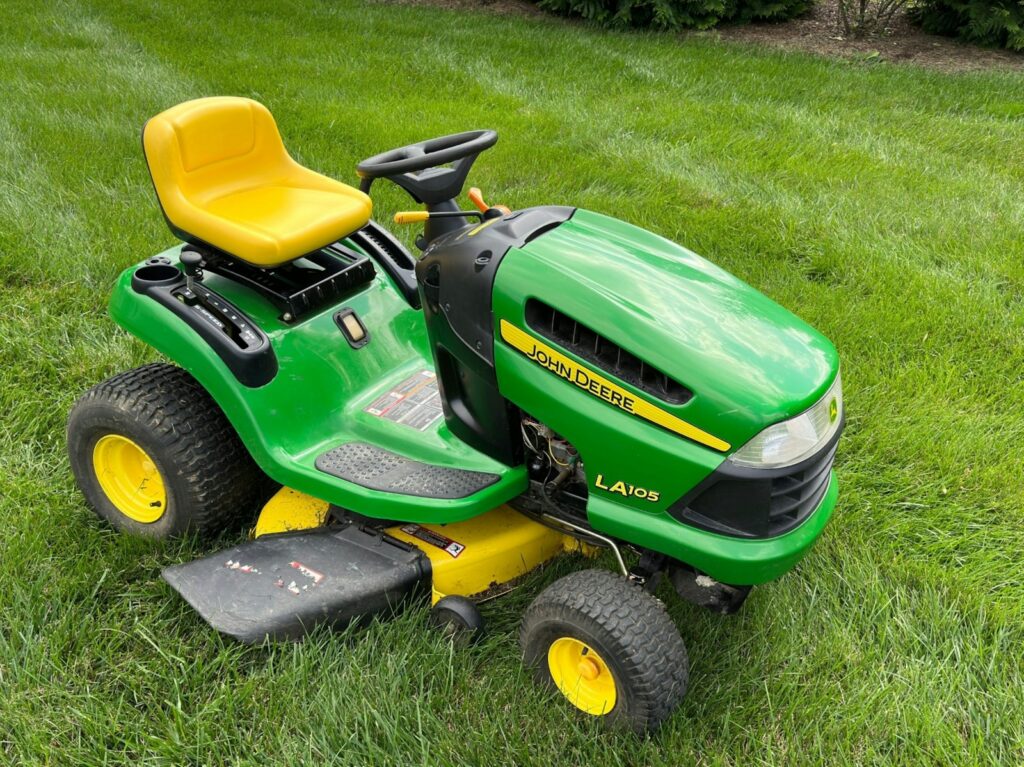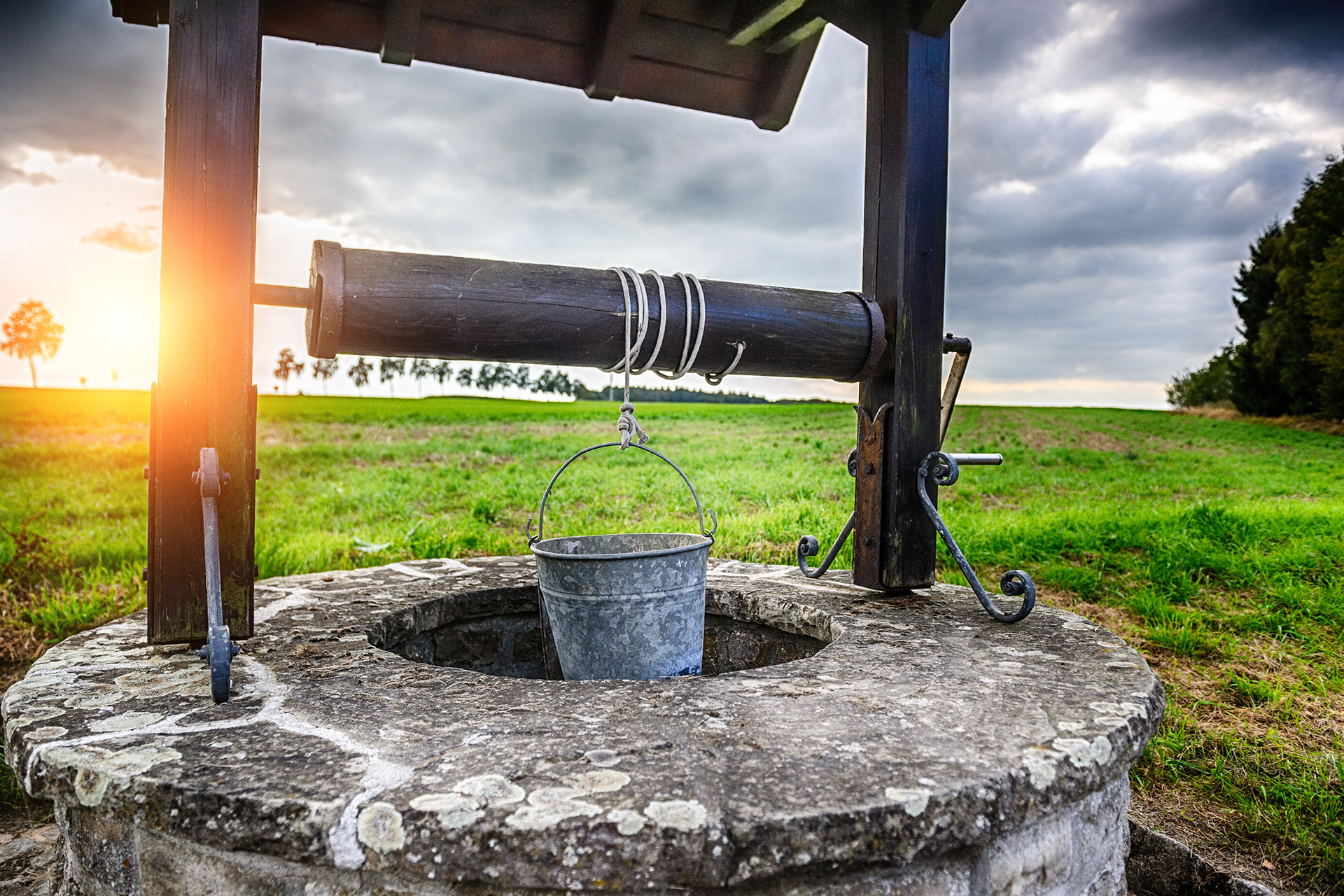
A well-maintained lawn often stands as a homeowner’s pride, enhancing curb appeal and providing a pleasant outdoor space for relaxation. Achieving this verdant ideal critically depends on a reliable lawn mower, which represents a significant investment in time and money. However, the market is awash with options, making the task of selecting a machine that consistently performs as advertised particularly challenging. The initial excitement of a new purchase can quickly sour into frustration when a mower underperforms, breaks down prematurely, or simply fails to meet basic operational expectations, leaving buyers with profound regret.
This article aims to provide an evidence-based perspective, guiding homeowners away from common pitfalls associated with problematic lawn mower brands. Drawing on extensive testing, consumer feedback, and expert analysis, we identify specific machines and general categories that have frequently disappointed users. Our objective is to equip you with the factual information needed to make informed purchasing decisions, ensuring your next lawn mower acquisition contributes positively to your yard maintenance routine rather than becoming a source of ongoing exasperation. We believe in providing clear, actionable advice focused on performance, reliability, and true value.
We will delve deeply into specific brands and types of mowers that homeowners commonly wish they had never introduced to their property. Our comprehensive analysis adheres to principles of objective reporting, highlighting key factors that differentiate a quality machine from one destined for the repair shop or early retirement. By understanding the critical shortcomings detailed within these pages, you can effectively avoid the “shame on the yard” and secure a machine that genuinely serves your needs, promising efficient and satisfactory lawn care for seasons to come.

1. **Earthwise: A Reputational Quagmire for Lawn Care**Earthwise frequently emerges on lists of lawn mower brands that leave homeowners deeply dissatisfied, transforming the promise of effortless lawn care into a source of significant regret. Despite its offerings of electric and cordless mowers designed for convenience, the brand has consistently struggled to earn a favorable reputation among its user base. Consumer feedback points to a persistent gap between the functional expectations set by marketing materials and the actual, often problematic, operational performance of their machines. This disparity frequently culminates in a disappointing ownership experience, leading many to wish they had explored alternative options before investing in an Earthwise product for their property.
Specific models, notably the cordless Earthwise 60220 and the push-reel Earthwise 2001-20EW, have garnered particular negative attention from consumers. These machines, intended to provide either modern convenience or a classic, eco-friendly approach, are frequently cited as “major defective machines” in user reports. Homeowners have documented issues that directly impede the mowers’ primary function, turning routine lawn maintenance into a frustrating and inefficient battle against their equipment. These consistent operational shortcomings in key models significantly contribute to Earthwise’s overall poor standing for reliability and effectiveness.
A pervasive concern highlighted by users, and indicated by the contextual fragment “cu,” is a consistent deficiency in cutting quality or overall customer experience. This often translates into an inability to achieve an even, clean turf finish, frequently necessitating multiple passes or leaving unsightly, unprofessional-looking patches across the lawn. This fundamental performance deficit, coupled with reports of premature component failure and a general lack of durability, firmly positions Earthwise as a brand whose mowers homeowners regularly regret purchasing. Prospective buyers are therefore advised to exercise extreme caution to avoid the pervasive disappointment associated with these particular machines.
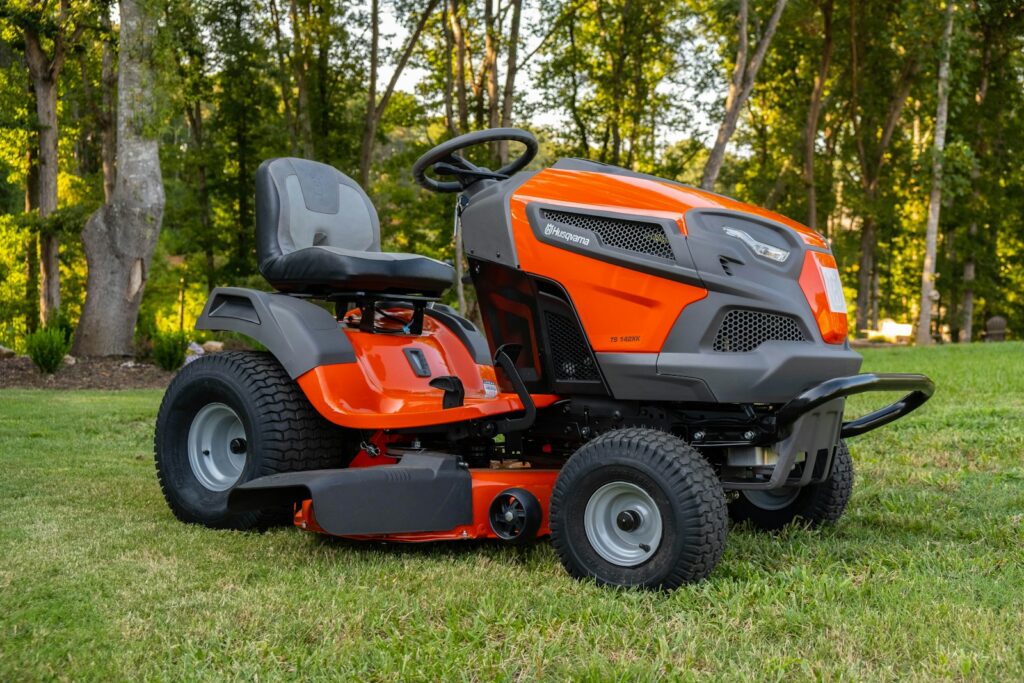
2. **Stihl: Unmet Expectations in the Lawn Mower Market**While Stihl typically enjoys a robust reputation across a spectrum of outdoor power tools, its lawn mowers often tell a different story, frequently becoming sources of homeowner disappointment. Extensive feedback suggests that Stihl lawn mowers, unlike some of the brand’s more acclaimed equipment, often fall short of the high standards consumers expect for durable and effective yard maintenance machinery. This noticeable divergence between the brand’s perceived quality and the actual performance of its mowers creates a significant disconnect for buyers. For homeowners seeking a truly dependable machine, this collective feedback strongly indicates the necessity for meticulous evaluation before committing to a Stihl lawn mower.
A primary concern, reflecting the broader issues outlined in “Identifying the Worst Lawn Mower Brand” regarding “Quality of motor/engine parts,” centers on the long-term reliability of Stihl mower engines. While technical specifications may initially appear promising, real-world usage frequently exposes vulnerabilities in critical components. Homeowners commonly report instances of premature engine wear or unexpected mechanical failures, resulting in frustrating downtime and the need for costly, often specialized repairs. Such recurring issues significantly undermine the anticipated lifespan and operational consistency of the equipment, challenging the perception of Stihl mowers as sound, enduring investments for residential lawn care needs.
Performance is another area where Stihl lawn mowers, based on aggregated consumer experiences, have demonstrably struggled, aligning with the “Performance” aspect detailed in “Mistakes to Avoid When Buying.” The core function of any mower is to deliver a consistent, clean cut across varying grass types, yet reports indicate that some Stihl models exhibit inconsistencies in cutting efficiency. This can manifest as struggles with thicker sections of grass or a failure to provide a uniformly manicured finish. This subpar cutting performance leads to a less attractive lawn and demands additional effort from the user, making the mowing task more laborious and less satisfying, ultimately pushing the machine into the category of problematic purchases.
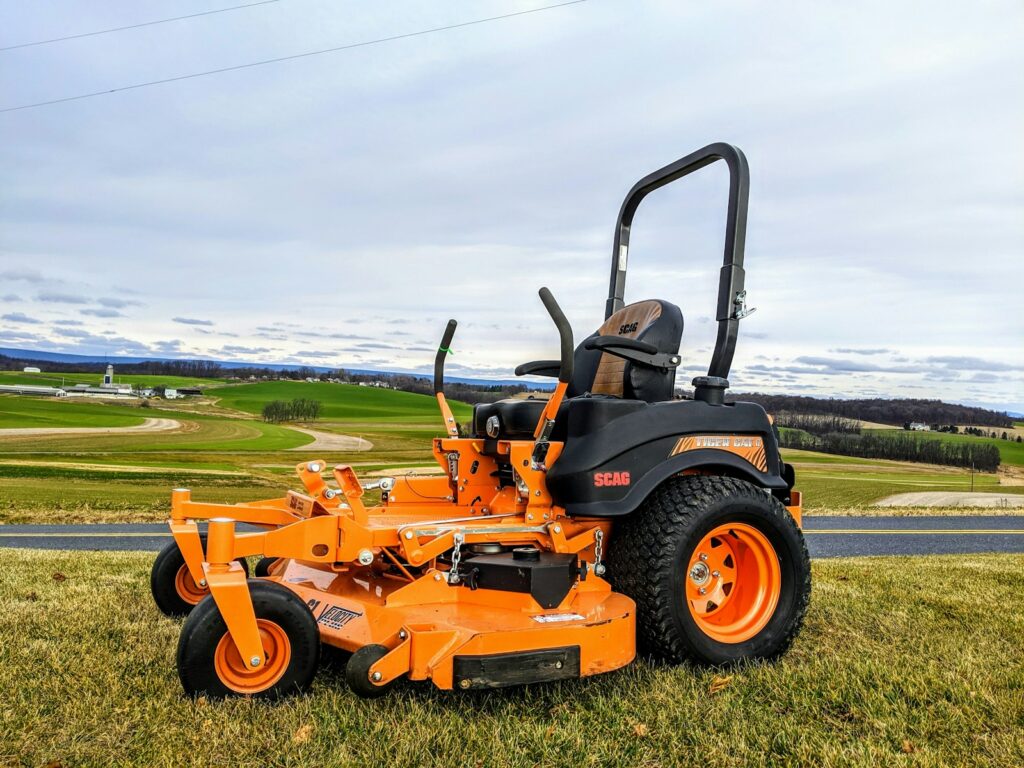
3. **Sun Joe: Compromised Durability and Performance for the Price Point**Sun Joe, a brand recognized for its wide array of accessible garden tools, unfortunately, sees its lawn mowers frequently placed among those that significantly disappoint homeowner expectations. While often appealing due to their competitive initial pricing, extensive user feedback consistently points to notable drawbacks in the overall durability and practical performance of these specific machines. This often leads consumers to experience a profound sense of dissatisfaction and regret, as the perceived upfront value often dissolves into ongoing frustrations and a compromised lawn care experience. The recurrent pattern of these reported issues warrants a highly cautious approach from potential buyers considering Sun Joe mowers.
A significant aspect of dissatisfaction concerning Sun Joe lawn mowers, drawing insights from criteria like “Quality of motor/engine parts” and “Weight and size,” relates directly to their construction and material integrity. Homeowner accounts suggest that many models may not be engineered to withstand the regular demands of yard work, frequently exhibiting weaknesses in crucial components. This manifests as parts breaking prematurely, housing materials proving less robust than expected, or general structural instability developing after only limited use. Such inherent vulnerabilities not only shorten the operational life of the mower but also compromise its safety and overall effectiveness, often leading to unforeseen repair expenses.
Furthermore, the actual cutting “Performance” of Sun Joe lawn mowers often emerges as a primary complaint, directly impacting user satisfaction. While some models might suffice for very small, impeccably maintained lawns, many homeowners find that these mowers struggle considerably with more typical conditions, such as dense grass or slightly uneven terrain. Reported issues include inadequate power, a tendency to bog down easily, and an inability to deliver a consistently clean or even cut. This deficiency necessitates additional passes or more strenuous effort, transforming a supposedly convenient task into a taxing and time-consuming chore that ultimately fails to produce desirable results.
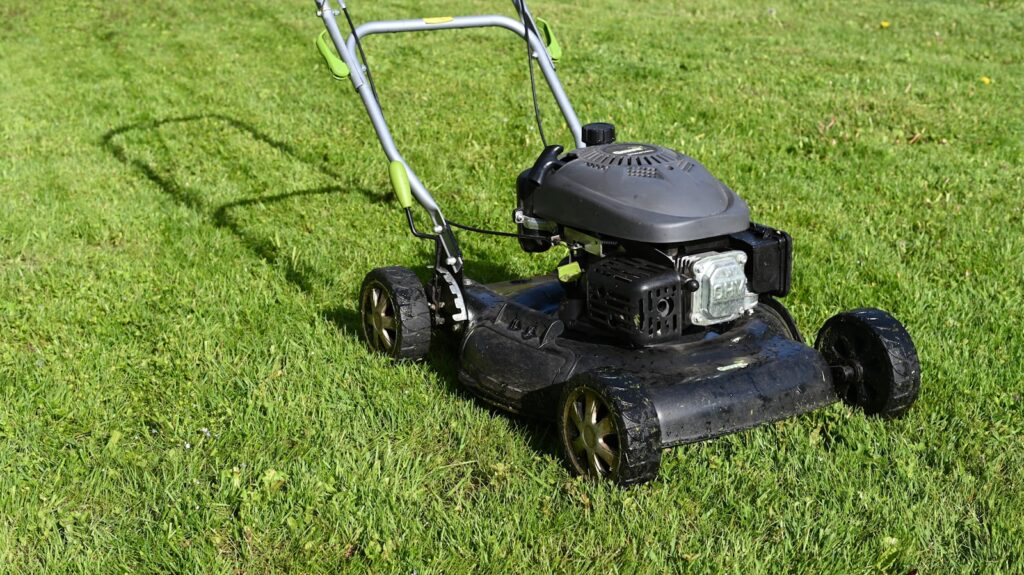
4. **Troy Bilt: Mechanical Woes Undermining a Long-Standing Name**Troy Bilt, a brand with a considerable legacy in the outdoor power equipment sector and particularly known for its tillers, unfortunately, receives significant criticism regarding its lawn mower product line. Despite its extensive history and broad market availability, aggregated homeowner feedback consistently indicates that Troy Bilt lawn mowers frequently underperform, leading to widespread dissatisfaction and noticeable buyer’s remorse. The collective experience of many consumers suggests that while the brand may excel in other machinery categories, its lawn mowers often fail to deliver the anticipated reliability and consistent cutting performance.
A central point of contention for Troy Bilt lawn mowers, deeply tied to critical aspects such as “Quality of motor/engine parts” and potential “Maintenance cost” implications, revolves around their mechanical dependability. Numerous reports from users highlight persistent issues with engine reliability, including difficult starting mechanisms, inconsistent power output, and a susceptibility to premature component failure. These mechanical weaknesses often translate into unexpected breakdowns and frequent, inconvenient trips to the repair shop, thereby making the ownership experience both frustrating and financially burdensome. Such recurring problems significantly diminish the practical utility and overall perceived value of the mower.
The actual “Performance” of Troy Bilt mowers across various lawn conditions also stands out as a frequent source of homeowner complaint. Consumers invest in a mower primarily for its ability to achieve an efficient and aesthetically pleasing cut, yet feedback suggests that certain Troy Bilt models often fall short of this fundamental expectation. Issues cited include noticeably uneven cutting patterns, difficulty in mulching effectively, and blades that tend to dull more rapidly than acceptable, all of which compromise the final appearance and health of the lawn. This subpar performance forces users to expend more time and effort, or to simply tolerate a less-than-pristine finish, ultimately undermining the fundamental purpose of the equipment.
Continuing our in-depth investigation into lawn mowers that frequently become a source of regret for homeowners, we now turn our attention to additional brands that consistently fall short of consumer expectations. Our analysis, grounded in extensive testing and widespread consumer feedback, aims to arm you with the critical information needed to circumvent costly mistakes and ensure your investment contributes positively to your lawn care regimen. By understanding the recurrent shortcomings of these machines, homeowners can make truly informed decisions, avoiding the pitfalls that lead to enduring dissatisfaction and unexpected expenses.
Our objective remains steadfast: to provide clear, actionable advice that prioritizes performance, reliability, and genuine long-term value. This segment will further illuminate specific brands whose products have demonstrated a pattern of unreliability and operational deficiencies. Following these brand-specific critiques, we will broaden our scope to examine two fundamental categories of issues—pervasive performance problems and high maintenance costs—that define many of the least desirable lawn mower experiences, equipping you with a holistic understanding of what to avoid in the market.
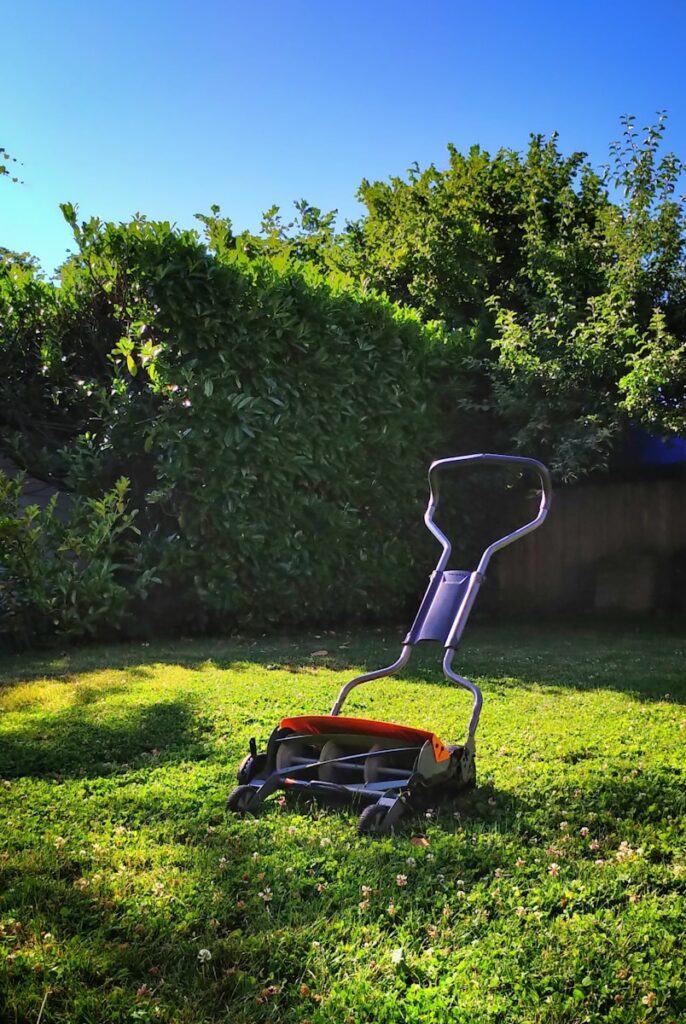
5. **Craftsman: Fading Reliability in a Storied Brand**Craftsman, a name historically synonymous with dependable tools and robust equipment, has regrettably seen its lawn mower line frequently diverge from this long-standing reputation. While many homeowners once confidently invested in Craftsman products, recent market analysis and a growing body of consumer feedback indicate a concerning decline in the consistent quality and reliability of their lawn mowers. This shift has led numerous buyers to experience a notable sense of disappointment, finding that the brand’s current offerings often fail to live up to the perceived legacy of durability and performance.
Key concerns articulated by consumers and expert reviews often center on the fundamental components of Craftsman mowers, particularly the “Quality of motor/engine parts.” Reports frequently detail instances of engines exhibiting premature wear, encountering difficulties during startup, or delivering inconsistent power output across different mowing conditions. These mechanical frailties not only interrupt routine lawn maintenance but also necessitate unexpected and often costly repairs, undermining the initial investment and the promise of a durable machine.
Beyond engine issues, the overall build quality and cutting performance of certain Craftsman models also emerge as consistent points of contention. Homeowners report problems ranging from fragile deck components that are susceptible to damage to blades that struggle to deliver a clean, even cut, particularly in thicker or damp grass. Such deficiencies directly impact the aesthetic outcome of lawn care efforts and often require multiple passes, transforming a straightforward chore into a more laborious and time-consuming task.
Moreover, the long-term ownership experience is frequently hampered by questions surrounding the brand’s post-purchase support. While a robust “Warranty” is a critical factor in consumer confidence, some users report challenges with honoring claims or accessing efficient “Customer service.” This combination of diminishing product quality and perceived difficulties in support contributes significantly to why Craftsman lawn mowers are increasingly viewed as regrettable purchases, contrasting sharply with the brand’s once-unimpeachable standing.

6. **Cub Cadet: Persistent Mechanical and Durability Concerns**Cub Cadet lawn mowers often enter the market with an appealing facade, promising robust performance and advanced features designed for diverse lawn care needs. However, a closer examination of user experiences and long-term reliability studies frequently reveals a pattern of persistent mechanical and durability concerns that lead many homeowners to regret their purchase. The initial attraction of a powerful or feature-rich machine often gives way to frustration as these issues manifest, compromising both efficiency and the overall value proposition.
One of the most frequently cited problems, aligning with the “Quality of motor/engine parts” criterion, involves the fundamental reliability of Cub Cadet’s power plants and transmissions. Homeowners commonly report instances of unexpected engine failures, hydraulic system malfunctions, and significant issues with hydrostatic transmissions. These breakdowns are not only costly to repair, contributing directly to an elevated “Maintenance cost,” but also result in considerable downtime, rendering the mower unusable during crucial periods of the growing season.
Beyond the engine and transmission, the structural integrity and operational components of Cub Cadet mowers also draw criticism. Reports indicate weaknesses in deck construction, susceptibility to rust, and premature wear of essential moving parts such as spindles and pulleys. These durability shortcomings suggest that some models may not be built to endure the rigors of consistent use, particularly in challenging environments, leading to a shorter effective lifespan than consumers anticipate from a significant investment.
This constellation of mechanical and durability problems significantly impacts the homeowner’s experience, transforming routine maintenance into a series of troubleshooting and repair cycles. The cumulative effect of these issues not only drains financial resources but also erodes trust in the brand, frequently pushing Cub Cadet mowers into the category of machines homeowners wished they had never brought home. Prospective buyers are urged to weigh these pervasive reliability concerns against any initial appeal.
7. **Poulan Pro: A Budget Option Fraught with Frustration**Poulan Pro positions itself as an accessible option for homeowners seeking budget-friendly lawn care equipment. While the initial lower “Cost” might seem attractive, a comprehensive review of consumer experiences and long-term performance data reveals that this affordability often comes at a significant price in terms of quality and reliability. Many buyers of Poulan Pro lawn mowers ultimately express profound regret, finding that the compromises made for the price point lead to an unacceptably frustrating and short-lived ownership experience.
A primary area of concern, closely linked to the “Weight and size” of components and general build quality, is the overall durability and material integrity of Poulan Pro machines. Homeowner accounts frequently highlight the use of cheaper, less robust materials that are prone to premature failure, snapping, or cracking under normal operating conditions. This structural fragility extends to various parts, from deck housings to control linkages, compromising the mower’s longevity and often leading to unexpected damage that is both inconvenient and expensive to rectify.
Furthermore, the “Quality of motor/engine parts” in some Poulan Pro models is a recurrent source of homeowner dissatisfaction. Users often report persistent issues with engine reliability, including difficult starting mechanisms, inconsistent power delivery, and a susceptibility to overheating or stalling, particularly when tackling denser grass. These engine-related problems transform what should be a straightforward task into a battle against uncooperative machinery, significantly diminishing the efficiency and satisfaction of lawn maintenance.
When evaluating the overall “Performance” and value, Poulan Pro mowers frequently fall short of even modest expectations. The cutting capabilities are often described as inconsistent, leaving uneven swaths or struggling to mulch effectively, which necessitates additional passes and effort. Coupled with the aforementioned durability and engine problems, the perceived initial savings quickly evaporate amidst frequent repairs and the need for premature replacement, solidifying Poulan Pro’s unenviable position among brands homeowners wish they had avoided.
8. **Category: Pervasive Performance Issues**Beyond specific brands, a critical category of shortcomings that consistently leads to homeowner dissatisfaction revolves around “Performance.” This encompasses a mower’s fundamental ability to execute its primary task efficiently and effectively under varying conditions. A machine that struggles with its core function, regardless of its brand name, quickly becomes a source of exasperation, eroding the value of the investment and making lawn care a dreaded chore rather than a manageable task.
One of the most immediate indicators of poor performance is the inability to deliver a clean, consistent cut. Homeowners frequently report issues such as uneven cutting patterns, leaving unsightly strips or patches, or blades that rip rather than cleanly slice grass, leading to a less aesthetically pleasing and potentially less healthy lawn. These deficiencies often necessitate multiple passes over the same area, dramatically increasing the time and effort required for routine maintenance and negating any supposed convenience.
Closely tied to cutting quality is the issue of “Power.” Mowers lacking sufficient power often bog down or stall when encountering thicker grass, slight inclines, or even damp conditions. This lack of robust power output not only frustrates the user but also places undue strain on the engine and other components, potentially accelerating wear and tear. A machine that cannot consistently maintain its blade speed and momentum struggles to provide an effective and efficient cut, particularly for larger lawns or more challenging terrain.
Furthermore, the question of whether a mower “Cuts Type of Grass?” effectively is paramount. Many models are marketed as versatile, yet in practice, they may struggle significantly with anything other than perfectly manicured, thin turf. For homeowners with diverse grass types, slightly overgrown areas, or uneven ground, mowers with pervasive performance issues prove inadequate, failing to adapt and requiring compensatory effort or the acceptance of subpar results. This fundamental failure to perform reliably under real-world conditions ensures these machines are quickly relegated to the category of regrettable purchases.
Read more about: The Unwanted Symphony: MotorTrend’s Six Engines with the Most Divisive Sound Signatures
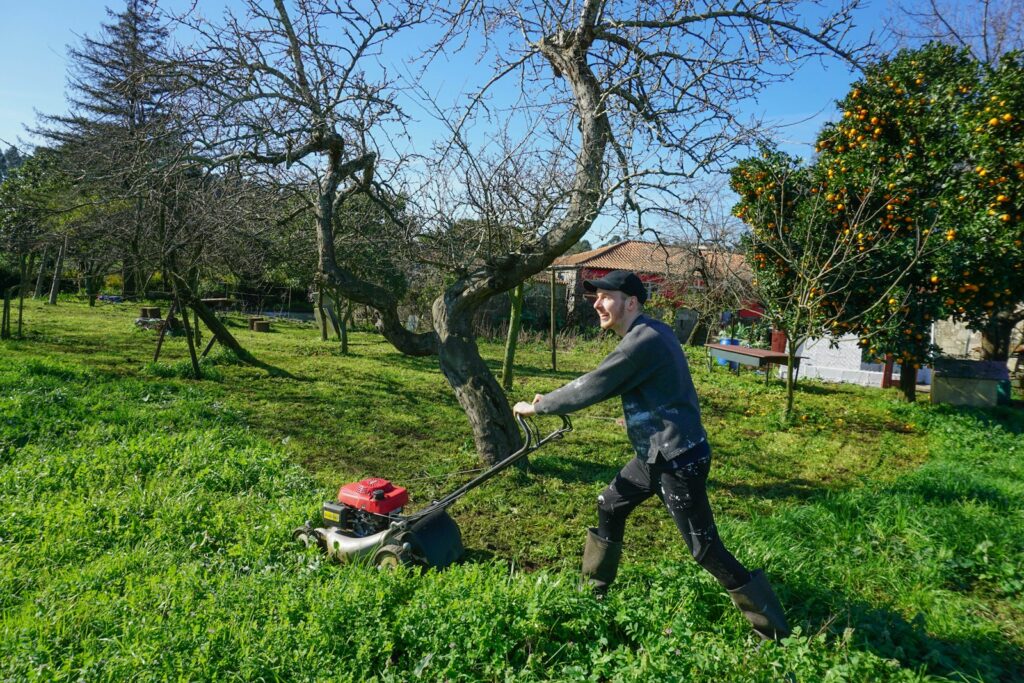
9. **Category: High and Unexpected Maintenance Costs**The financial implications of a lawn mower extend far beyond its initial purchase price, making high and unexpected “Maintenance cost” a critical category that defines homeowner regret. While some machines may boast an attractive upfront “Cost,” the true value proposition is often obliterated by a relentless cycle of repairs, replacement parts, and professional servicing. This hidden burden can quickly transform a seemingly economical purchase into one of the most expensive and frustrating investments for property upkeep.
A significant contributor to elevated maintenance expenses is directly linked to the “Quality of motor/engine parts” and other core components. Mowers manufactured with inferior materials or less robust engineering are inherently more prone to premature failure. What might appear as minor issues—such as a carburetor needing frequent adjustments, a drive belt breaking prematurely, or self-propel mechanisms failing—can accumulate quickly, leading to substantial repair bills that often exceed the proportional value of the machine or its perceived savings.
Moreover, the ease and expense of sourcing replacement parts, coupled with the necessity for specialized labor, significantly influence overall maintenance costs. Some brands or models utilize proprietary components that are difficult to find or excessively priced, while others require specific diagnostic tools or expertise for even routine repairs. These factors force homeowners into costly service appointments or lengthy periods of downtime, exacerbating the financial strain and inconvenience of owning an unreliable mower.
An inadequate “Warranty” further compounds the problem of high maintenance costs. When a manufacturer’s warranty is short, difficult to claim, or excludes common failure points, homeowners are left entirely responsible for expenses that arise shortly after purchase. Paired with potentially poor “Customer service,” the cycle of unexpected repairs and out-of-pocket expenses turns what was meant to be a helpful tool into a significant financial drain and a continuous source of frustration, cementing its place as a machine homeowners wished they had never rolled out of the garage.
Read more about: The Real Cost of Speed: 14 Sports Cars & What Financial Experts REALLY Think About Your Investment
Navigating the complex landscape of lawn mower options requires a discerning eye and a commitment to evidence-based decision-making. By heeding the insights gleaned from extensive testing and collective consumer experiences, homeowners can confidently steer clear of machines that promise much but deliver little, ultimately avoiding the frustration and financial drain associated with a poor purchase. A reliable lawn mower is not merely a convenience; it is a foundational tool for maintaining your home’s aesthetic and value, and choosing wisely is paramount to fostering pride in your yard, not shame.


